38 kcal on food labels
Calorie - Wikipedia The calorie is a unit of energy. For historical reasons, two main definitions of "calorie" are in wide use. The large calorie, food calorie, or kilogram calorie was originally defined as the amount of heat needed to raise the temperature of one kilogram of water by one degree Celsius (or one kelvin). The small calorie or gram calorie was defined as the amount of heat needed to cause … Food labelling: nutrition information | British Dietetic Association … Food labels, including health claims, are subject to legal requirements to ensure the information is clear and proven; Labels on the front of packaging are not legally required but they may appear as ‘traffic lights’ to help you make healthier choices; Labels will show you nutritional information per 100g and per serving. Using the ...
Reference Daily Intake - Wikipedia The labels "good source", "contains", or "provides" may be used on a food if it contains between 10% and 20% of the RDI. [1] The Recommended Dietary Allowances (RDAs) were a set of nutrition recommendations that evolved into both the Dietary Reference Intake (DRI) system of nutrition recommendations (which still defines RDA values) and the RDIs ...

Kcal on food labels
EUR-Lex - 32011R1169 - EN - EUR-Lex - Europa (4) According to Regulation (EC) No 178/2002 of the European Parliament and of the Council of 28 January 2002 laying down the general principles and requirements of food law, establishing the European Food Safety Authority and laying down procedures in matters of food safety (3) it is a general principle of food law to provide a basis for consumers to make informed choices in relation to food ... Food energy - Wikipedia Many governments require food manufacturers to label the energy content of their products, to help consumers control their energy intake. To facilitate evaluation by consumers, food energy values (and other nutritional properties) in package labels or tables are often quoted for convenient amounts of the food, rather than per gram or kilogram; such as in "calories per serving" or "kcal per 100 ... Convert kcal to kJ Definition: A kilocalorie (symbol: kcal or Cal) is a unit of energy defined based on the calorie and is equal to 1000 calories or 4.1868 kilojoules. A calorie (small calorie) is defined as the amount of energy required to increase the temperature of one gram of water by one °C. Kilocalories are also referred to as large calories or food calories, and are sometimes referred to as Calories ...
Kcal on food labels. Food loss and waste - Wikipedia Food loss and waste occurs at all stages of the food supply chain – production, processing, sales, and consumption. Definitions of what constitutes food loss versus food waste or what parts of foods (i.e., inedible parts) exit the food supply chain are considered lost or wasted vary. Terms are often defined on a situational basis (as is the case more generally with definitions of waste). Kcal vs. Calories: Differences and How to Convert - Healthline Mar 08, 2021 · When it comes to nutrition and exercise, kilocalories (kcal) and calories equal the same amount of energy. Calories may also be expressed as kilojoules (kJ), with one calorie or kcal equaling 4.18 kJ. Dog food - Wikipedia Dog food is food specifically formulated and intended for consumption by dogs and other related canines. Dogs are considered to be omnivores with a carnivorous bias. They have the sharp, pointed teeth and shorter gastrointestinal tracts of carnivores, better suited for the consumption of meat than of vegetable substances, yet also have ten genes that are responsible for starch … Food labels - NHS These labels provide information on the number of grams of fat, saturated fat, sugars and salt, and the amount of energy (in kJ and kcal) in a serving or portion of the food or drink. It may also provide the amount of kJ and kcal per 100g or per 100ml. But be aware that the manufacturer's idea of a portion may be different from yours.
Packaging and labelling | Food Standards Agency The following information must appear by law on food labels and packaging: Name of the food. The name of the food must be clearly stated on the packaging and not be misleading. If there is a name prescribed in law this must be used. In the absence of a legal name, a customary name can be used. This might be a name that has become commonly ... Fat and Calories: The Difference & Recommended Intake Food labels also show the daily percentage of fat provided in each serving. In other words, if the daily percentage of fat per serving is 18%, each serving provides 18% of the total fat you should eat for the day. Consume higher-fat foods in moderate amounts to keep calories under control if you are trying to lose weight. The fat content of foods can be found online and with the use of … Food - Wikipedia Food is any substance consumed to provide nutritional support for an organism.Food is usually of plant, animal, or fungal origin, and contains essential nutrients, such as carbohydrates, fats, proteins, vitamins, or minerals.The substance is ingested by an organism and assimilated by the organism's cells to provide energy, maintain life, or stimulate growth. Convert kcal to kJ Definition: A kilocalorie (symbol: kcal or Cal) is a unit of energy defined based on the calorie and is equal to 1000 calories or 4.1868 kilojoules. A calorie (small calorie) is defined as the amount of energy required to increase the temperature of one gram of water by one °C. Kilocalories are also referred to as large calories or food calories, and are sometimes referred to as Calories ...
Food energy - Wikipedia Many governments require food manufacturers to label the energy content of their products, to help consumers control their energy intake. To facilitate evaluation by consumers, food energy values (and other nutritional properties) in package labels or tables are often quoted for convenient amounts of the food, rather than per gram or kilogram; such as in "calories per serving" or "kcal per 100 ... EUR-Lex - 32011R1169 - EN - EUR-Lex - Europa (4) According to Regulation (EC) No 178/2002 of the European Parliament and of the Council of 28 January 2002 laying down the general principles and requirements of food law, establishing the European Food Safety Authority and laying down procedures in matters of food safety (3) it is a general principle of food law to provide a basis for consumers to make informed choices in relation to food ...




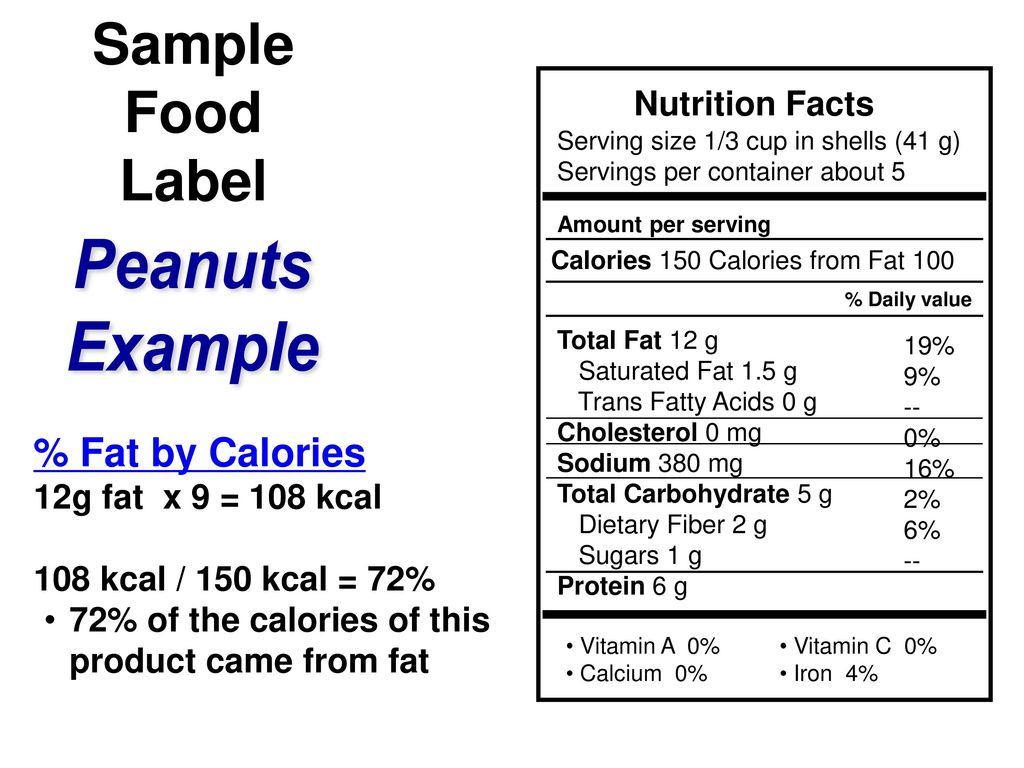

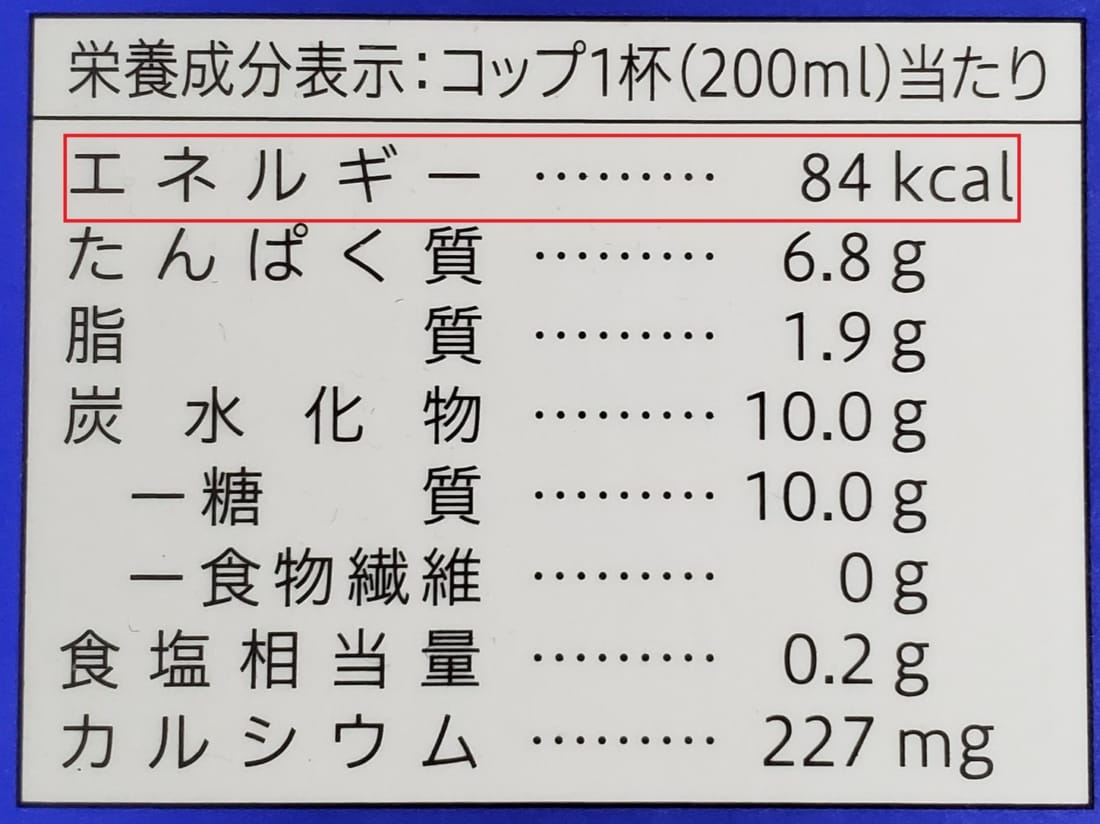

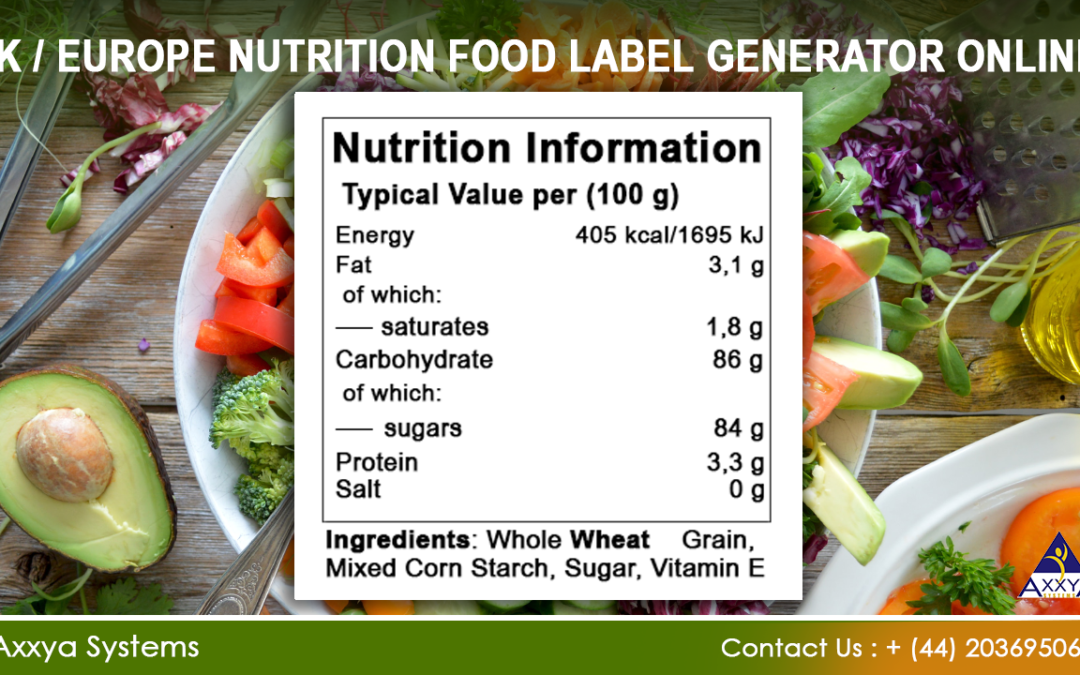
![PDF] An analysis of 'nudging' as a social marketing technique ...](https://d3i71xaburhd42.cloudfront.net/2ad71a7dc5c6dfc983c776959d0f43fb55291a7e/23-Figure1-1.png)



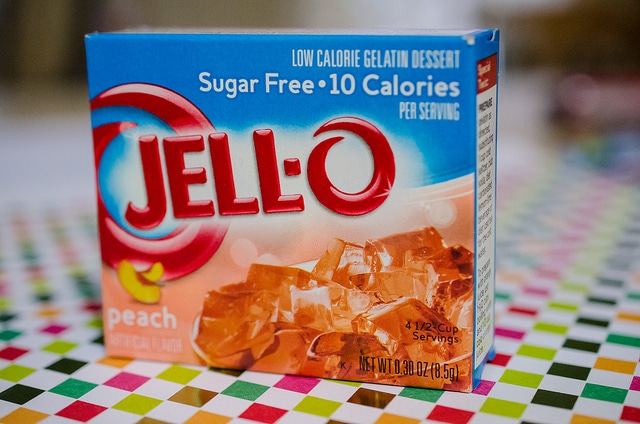
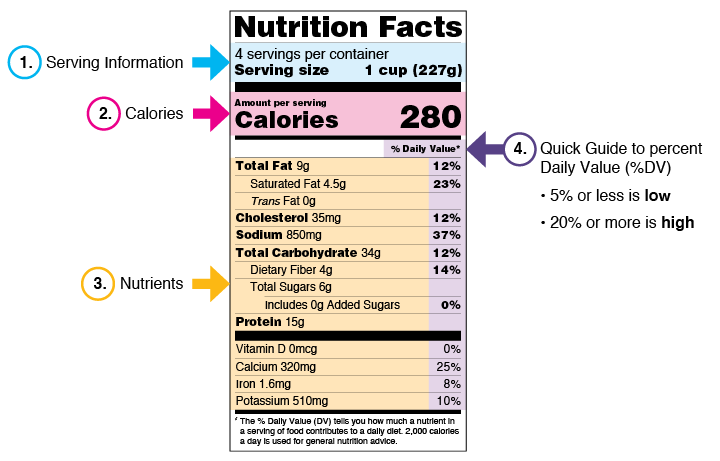



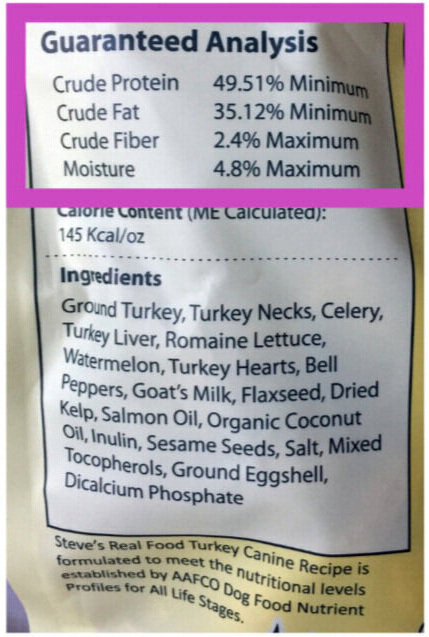


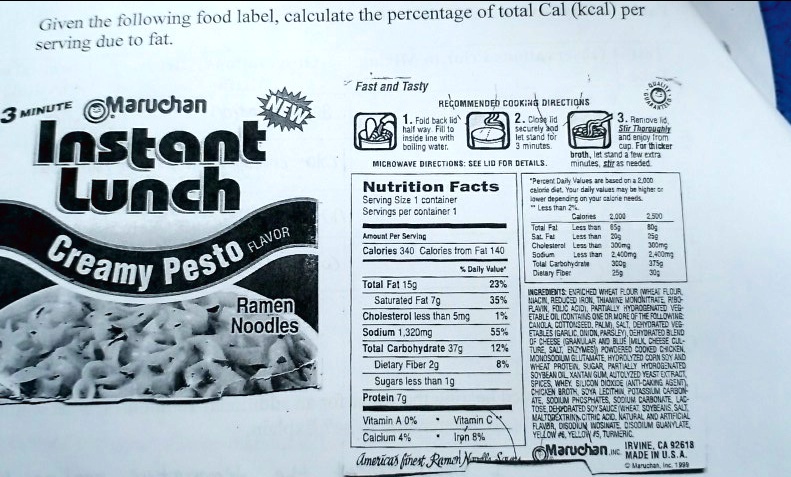
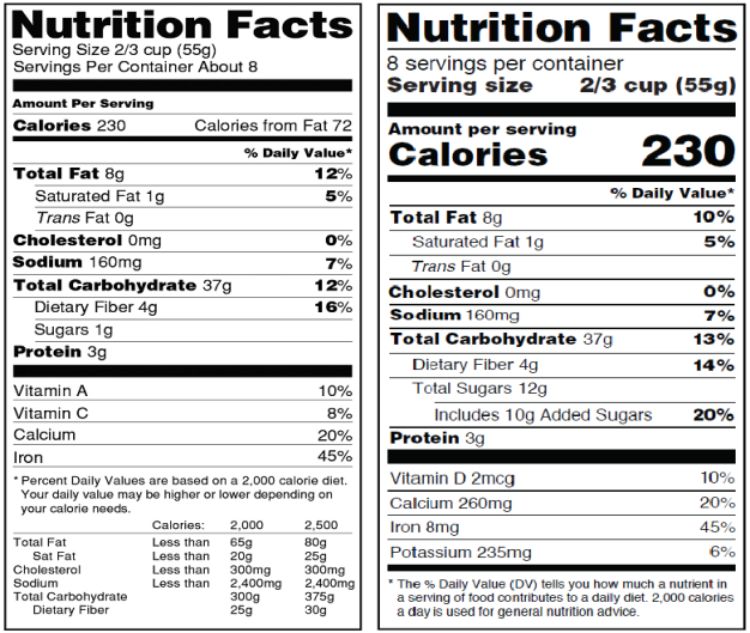
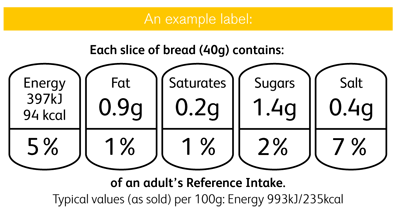

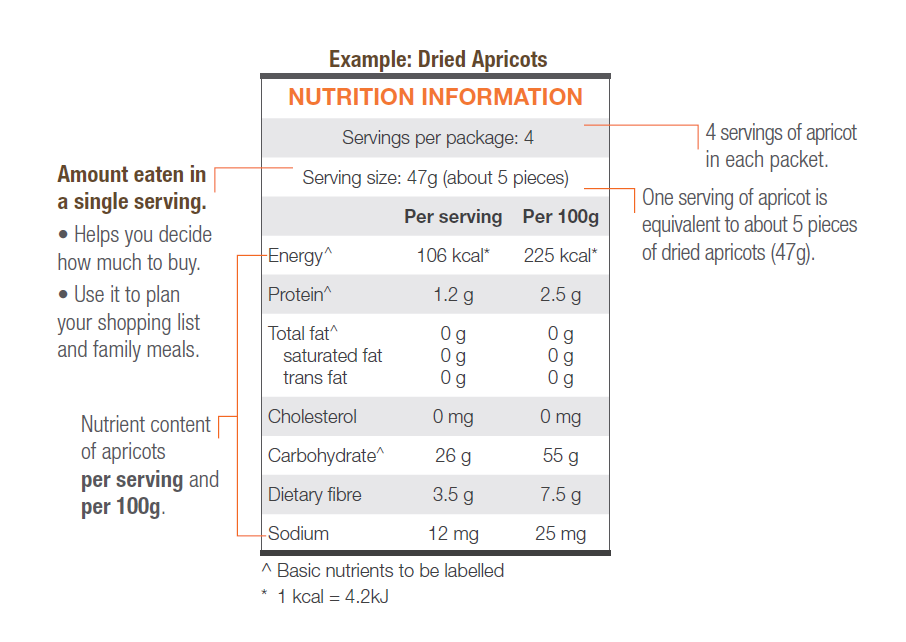
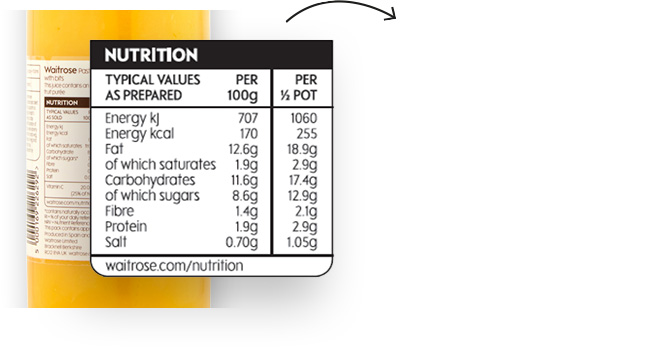


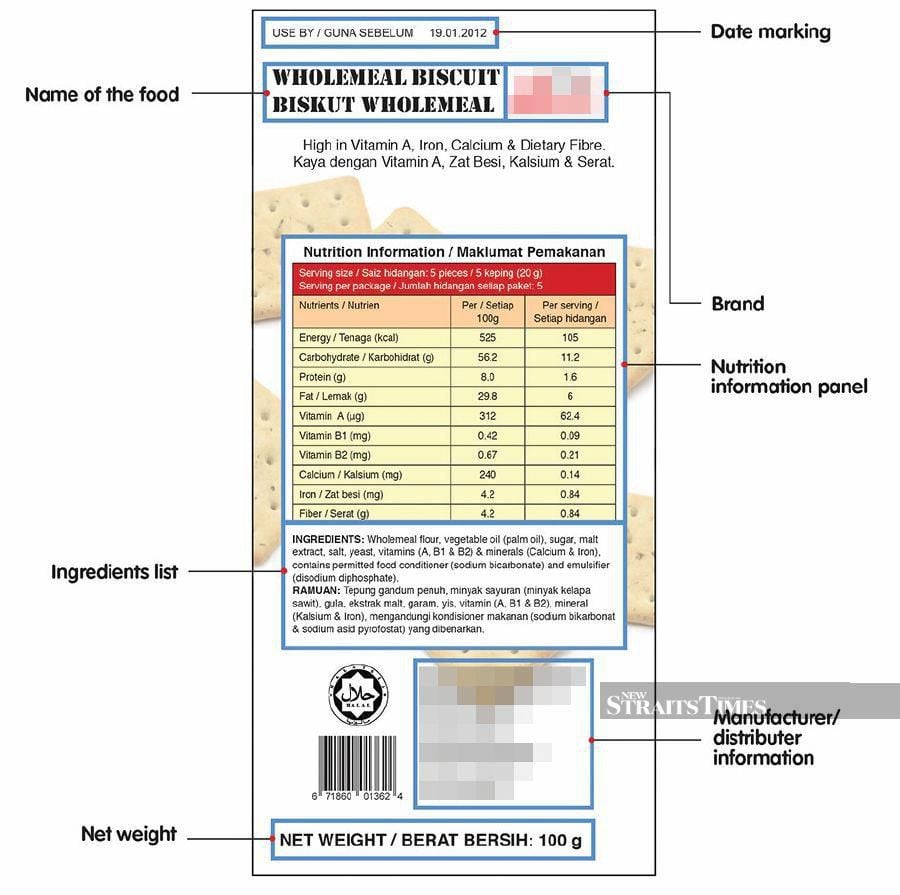
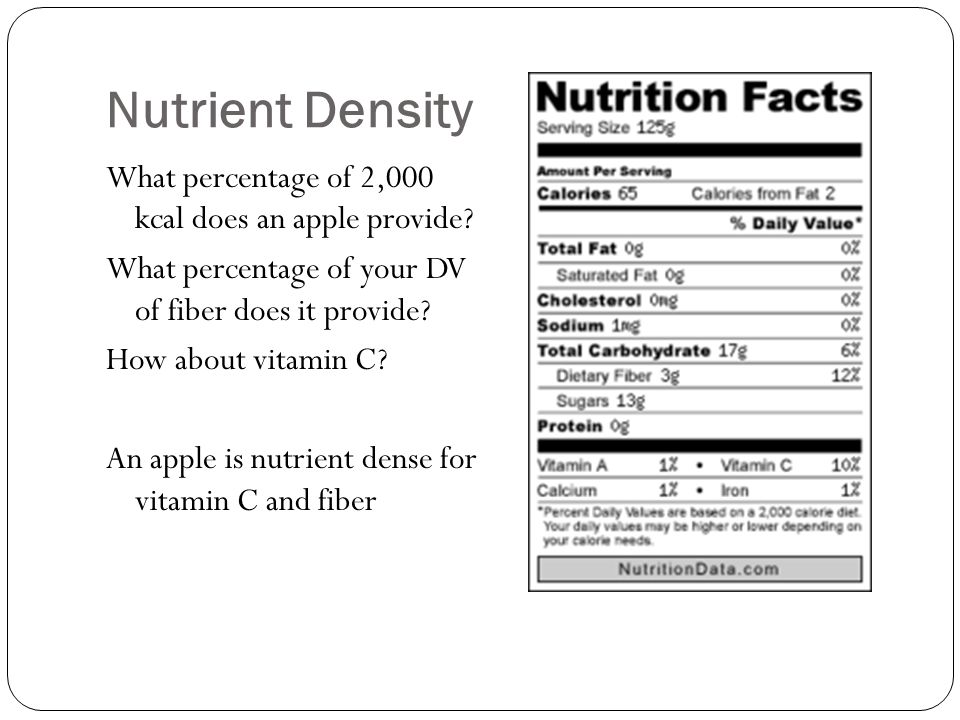

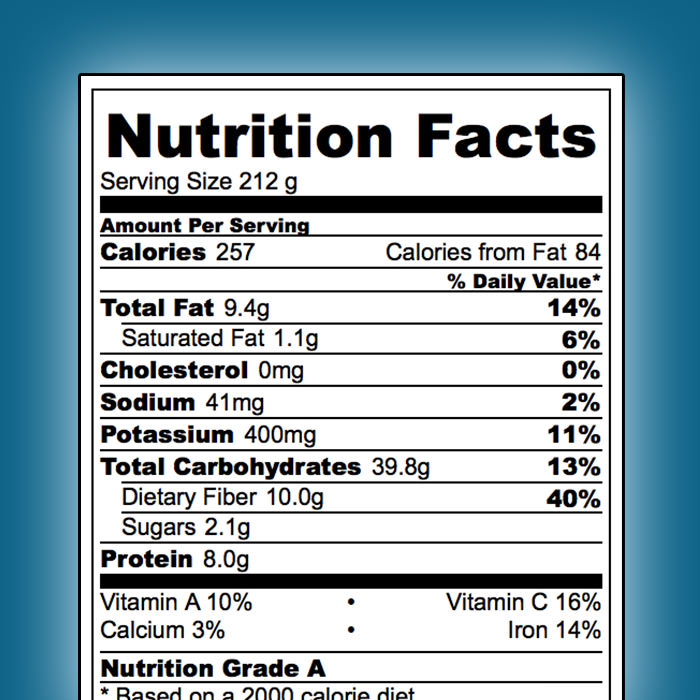


Post a Comment for "38 kcal on food labels"